Hi Everyone,
Im new here, so my question might be rather boring, and amateur, but i thought i might get an answer here.
I have a large, blue colored uncut stone left from my family and i am trying to identify it under domestic conditions, in order to find out weather its worthy sending it for certification at all.
Ive been reading a lot of comparisons between tools determining the hardness of stones and everyday items, and i thought i might manage to determine weather its hardness is over, or equal 7.
The stone scratches window, jar, and bottle glass, as well as ceramic tiles, but it gets scratched by a high quality ice hardened steel knife. I even found an old watch with supposedly quartz glass and it gets also scratched by the stone.
I would very appreciate it if i hear Your thoughts regarding the possible hardness of the stone.
Thanks in advance!
Im new here, so my question might be rather boring, and amateur, but i thought i might get an answer here.
I have a large, blue colored uncut stone left from my family and i am trying to identify it under domestic conditions, in order to find out weather its worthy sending it for certification at all.
Ive been reading a lot of comparisons between tools determining the hardness of stones and everyday items, and i thought i might manage to determine weather its hardness is over, or equal 7.
The stone scratches window, jar, and bottle glass, as well as ceramic tiles, but it gets scratched by a high quality ice hardened steel knife. I even found an old watch with supposedly quartz glass and it gets also scratched by the stone.
I would very appreciate it if i hear Your thoughts regarding the possible hardness of the stone.
Thanks in advance!


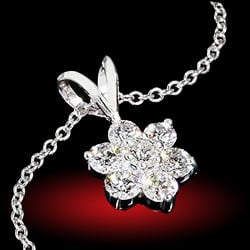
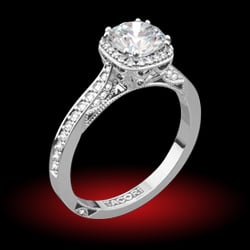
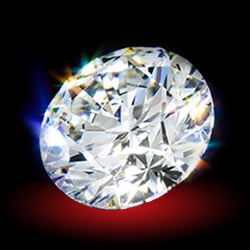
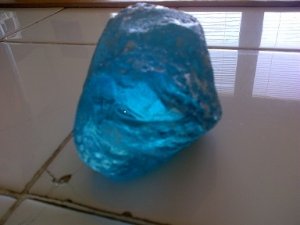
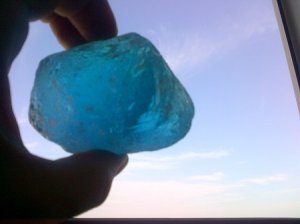


300x240.png)